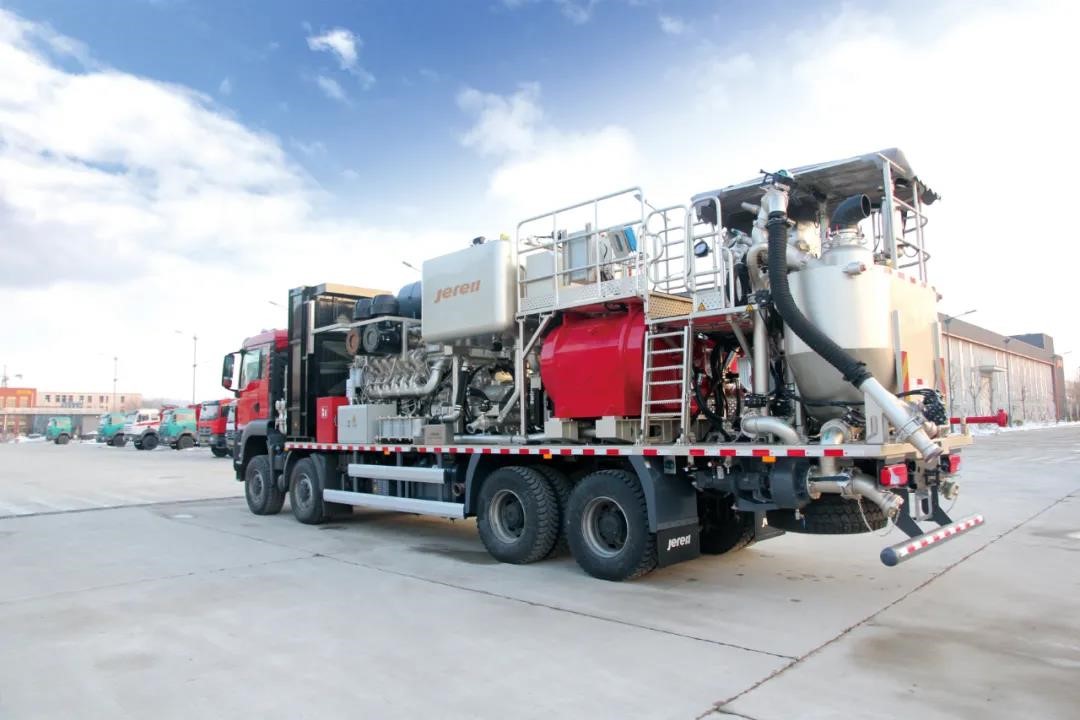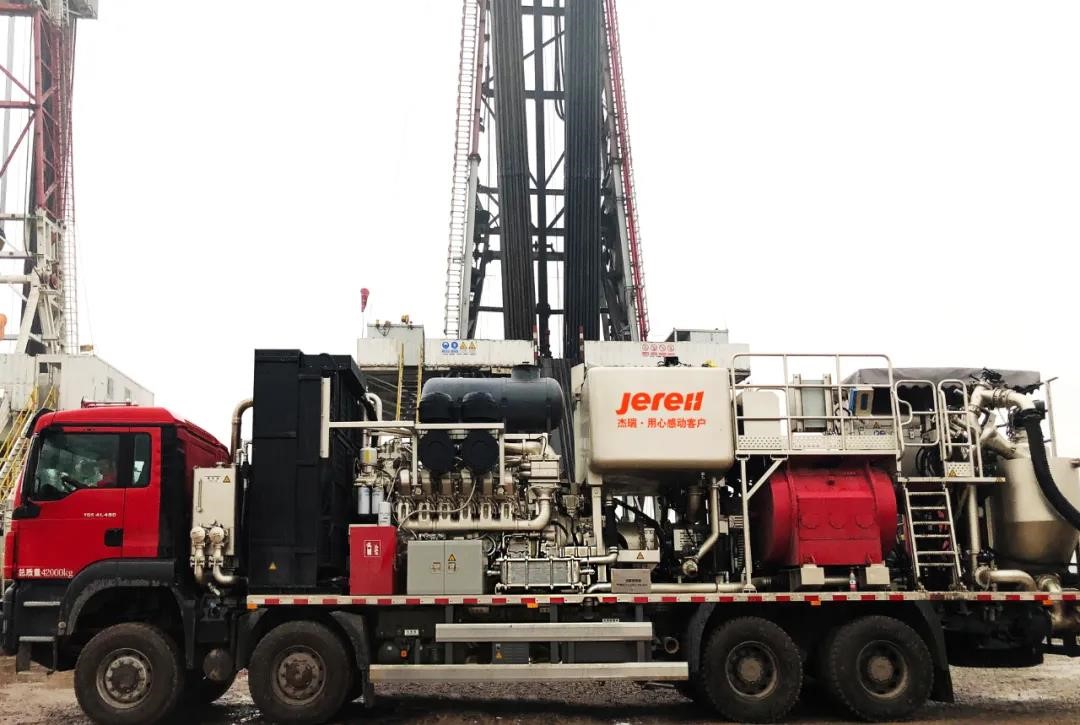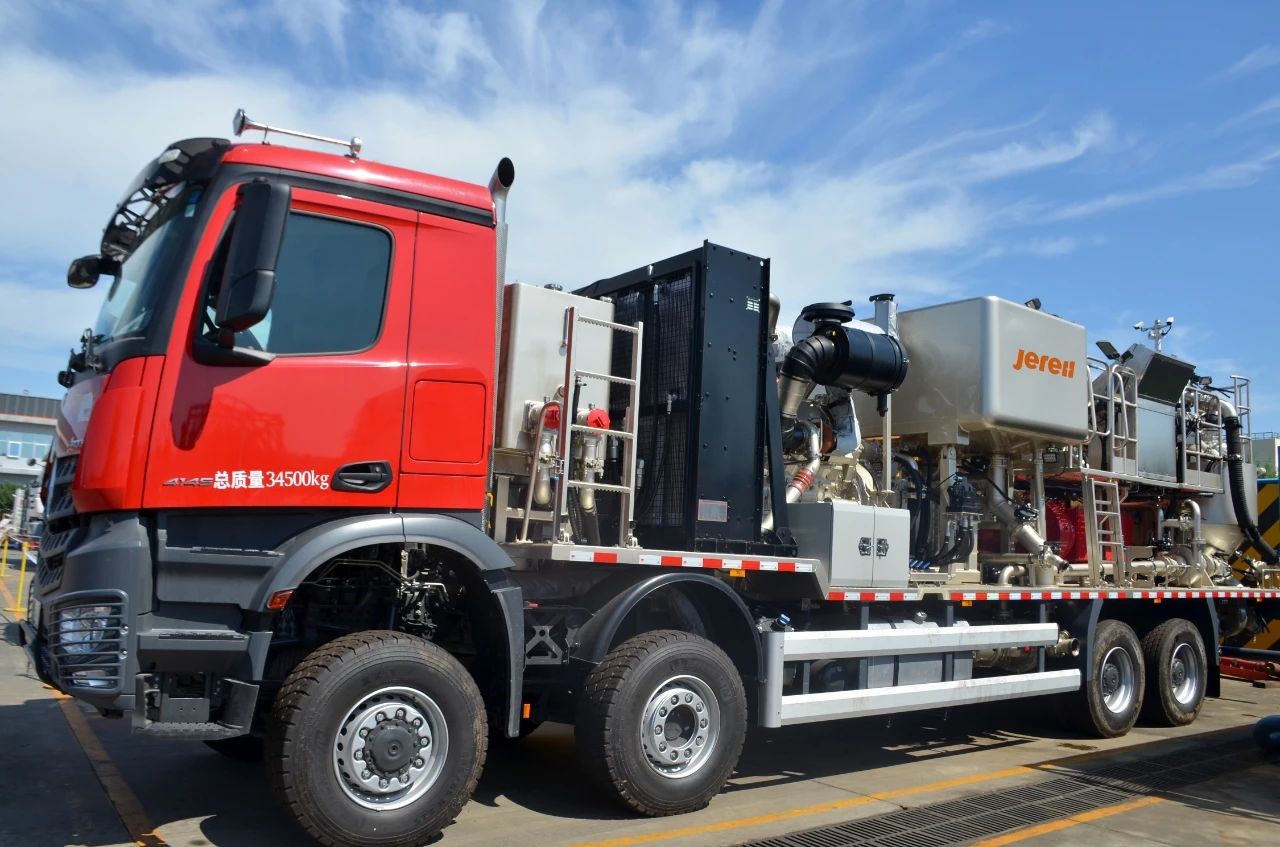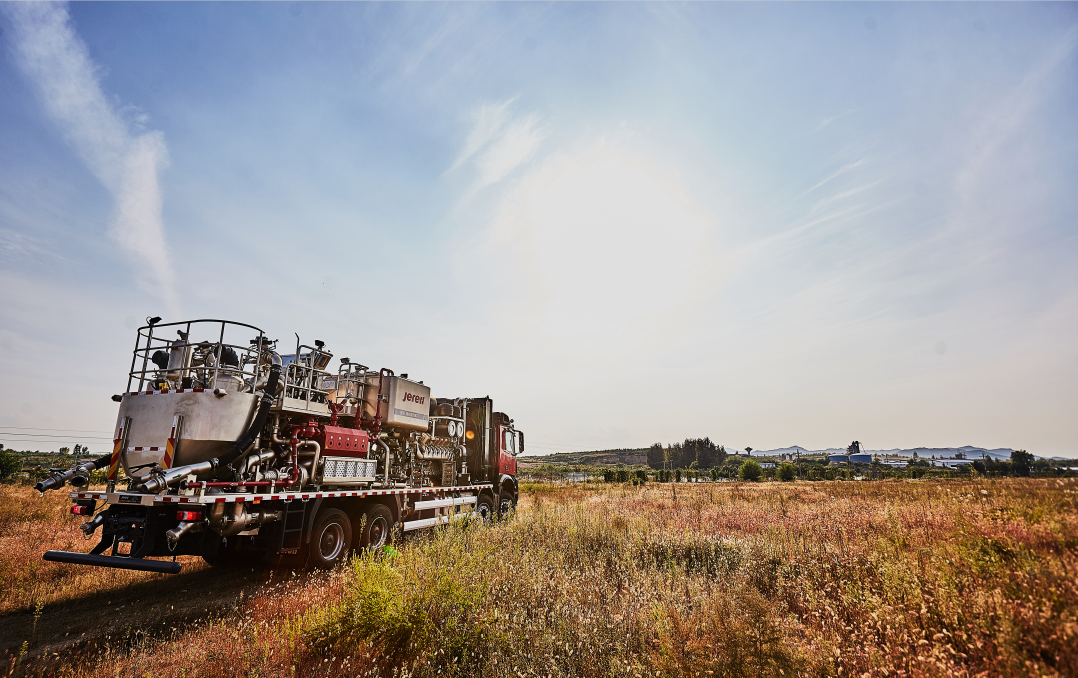
Surprisingly, China’s oil industry is performing quite strong in 2020, beyond everybody’s expectation.
According to State Statistics Bureau, China’s crude oil production and natural gas production increased 2.4% and 8.7% respectively in the past 9 months, reaching 146 million tons and 484.5 MMSCFD.
It means that China is one of the countries who’s able to realize a production growth this year, in spite of the pandemic shock.
This astonishing achievement aroused attention and got the industry to wonder: how would the future be for O&G industry in the coming period.
Opposite Sides of the Oil Industry
We cannot overlook the worries about oil price at the beginning of the year, when Covid-19 broke out and global oil demand started to plummet.
However, it’s now clear enough to see that China’s demand for energy resources on a whole remains huge due to its steady economic development, steady enough to support an increasing oil and gas demand even till this day.
In fact, the demand did went downwards at first but bounced back quickly after pandemic was under control. From January to July, crude oil consumption in China was 430 million tons with an increase rate of 9.4%, the highest ever in history.
For China, the challenge actually comes from the supply end, especially after the government initiated the strategy of speeding up oil and gas exploration since 2018. Although domestic production keeps going up in recent years, it is not as fast as the consumption grows.
Based on the statistics of Chinese Customs, China’s oil dependency on import surpassed 73.82% this year, higher than last year and the year before, imposing quite a threat to national energy security.
Another challenge is that there has been less reserves of high quality conventional oil and gas being found and hence industry is putting more focus on shale oil and gas, ultra-deep oil and gas, coal bed methane and many other unconventional fields, all of which require more skills and higher cost.
Shale gas takes up to 47% of proven natural gas reserves in 2019 in China, but the difficulties of developing shale oil and gas are influencing the future of oil and gas industry in China.
Innovation and Technology, the Keys to a Production Rise
A full-scale technology upgrade is inevitable. Take cementing as an example, this technology fails to satisfy the operation needs of many new wells in China, although it has been developing for over 100 years.
Cementing is crucial but highly risky during drilling operation. Well sites where most shale reserves are buried are facing problems such as deep burial, high temperature and high formation pressure, which shall make it more difficult and unsafe to explore.
Usually, it takes four or more cementing units to operate on ultra-deep wells in Sichuan, China, whereas only one unit is needed for regular wells.
Operation like this demands cementing equipment to perform extraordinarily, including continuous and steady output under high pressure, uniform density slurry as well as large displacement.
The difficulty is obvious but the struggle of shale gas development is real. To achieve a sustainable production growth, a revolution of technology seems imperative.
Break the Rules, Lead the Road
Facing the dilemma, Jereh Group decided to take the lead by initiating the R&D of Super Power Cementing Unit in 2017.
What the market needs is a unit that features high power but comes in a compact size to operate in mountainous areas. As impossible as it may seem, Jereh’s R&D team managed to come up with a feasible plan after abandoning traditional design concept.

Figure 1: Jereh Super Power Cementing Unit
The plan required solid technology accumulation and a great deal of R&D input. “It’ll cost at least an entire year to get some results.” A senior equipment manufacturer once said.
However, Jereh still chose the hard way.
With over 2,000 drawings from the R&D, 20,000 supplies from the Procurement and 20,000 parts from the Production, Jereh spent less than 3 months to launch the world’s first Super Power Cementing Unit.
Its output power is up to 2250hp, 2.25 times of the conventional ones, with max. slurry mixing capacity above 2.3 m³/min. At the same time, it is compact enough to help realize quick layout on well site.
During its very first operation in 2018, the unit accomplished a cementing operation on a 5,300m shale well after working 4 continuous hours and injecting 80 m2 of slurry and 50m2 of displacement liquids. It created a new operation mode “One Unit, Whole Process”, meaning that one unit can complete the whole cementing operation process.
In this way, China’s ability to develop shale gas has been greatly enhanced and thus entering an era of high power cementing operation.
Innovation is a Marathon that Never Stops
The market gave positive feedbacks since Jereh’s Super Power Cementing Unit is launched. In 2018, the unit was honored with Gold Award by Governor Cup Industrial Design Competition.

Figure 2: Jereh Cementing Unit Working in Southwest of China
Compliment never hinders Jereh’s journey of innovation and creation. A team of Jereh engineers went out to remote well sites to follow up equipment performance and situation so as to optimize its abilities.
They figured a unit which integrates dual mixing abilities would better serve the needs of local shale operation. How to realize dual mixing with just one slurry tank, dual recycling and dual jetting with four centrifugal pumps? How to balance the weight and height while adopting two control system and two logic controls? These puzzles haunted everyone in the R&D team.
The only solution is to keep innovating. They decided to jump outside of the box and redesigned a new mixing slurry tank, intelligent dual-logic computing automated control, remote intelligent control and so forth.
In 2019, world’s first dual-mixing super power cementing unit went offline, setting a new world record for single-tank cementing unit thanks to its max. slurry mixing capacity that is beyond 3.0 m³/min.

Figure 3: Jereh's Large-Displacement Cementing Unit
Once again, Jereh didn’t stop there.
For those middle-to-shallow wells (no more than 4,000 meters in depth), Jereh based on its experience and developed Large-Displacement Cementing Unit that has passed FAT this July.
The unit is equipped with JR1000QS quintuplex plunger pump, large-displacement dual mixing system and AMS4.1 automatic mixing system, able to easily realize the automatic mixing and pumping of slurry.
After only one month, world’s first C-KING Super Cementing Unit went offline as well. C-King is equipped with brand-new JR2500QL plunger pump whose power rate can reach 2,500hp. By lowering reduction ratio and improving pump structure, it perfectly balances high power rate and light weight, thus satisfying the requirements of local transportation regulations.
It is worth mentioning that the intelligent remote control mounted on the equipment can make operation easier. Operators can freely switch between manual mode and auto mode according to personal preference. Single mixing mode and dual mixing mode can also be switched freely to enhance mixing ability and efficiency and guarantee the evenness of slurry.

Figure 4: World’s first C-KING Super Cementing Unit developed by Jereh
Jereh never stops its upgrading and innovation on cementing equipment. How to satisfy clients’ needs of higher pressure, larger displacement and evener slurry, while pursuing more intelligent and digitalized equipment would be the main direction for Jereh in the near future.
New Technology backs up the Oil & Gas Industry
Facing a volatile economic situation bright by Covid-19 pandemic, the O&G industry has to get ready for a long-time battle.
In the past 2019, oil and gas still account for 27% of China’s energy mix, which is predicted to be irreplaceable over a certain period of time.
The pressure from high energy demand and high dependency on import is threatening the country’s national energy security.
In the long run, the key to solve the problem is to accelerate technology upgrading and produce more home-made oil and gas equipment. That is why China’s is strengthening its support on technological innovation and domestic manufacturing.
During the process of implementing the strategy, Jereh is no doubt leading the way in the field of cementing and is also playing a demonstrating role for the industry.
Based on the rich experience from practice and abundant technology accumulation, Jereh has the courage to break the rules and keep innovating, able to back up the development of both domestic and global oil and gas industry.